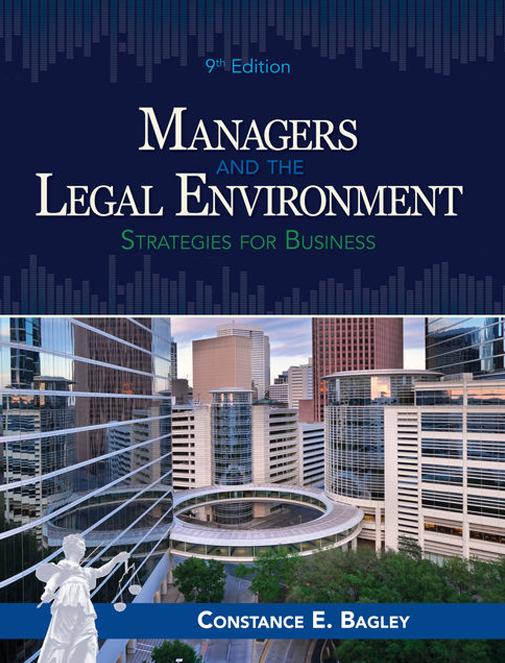Question
QUESTION 1 When a perfectly competitive industry is in long-run equilibrium, which statement is true? A. Average total cost is less than marginal cost B.

QUESTION 1
When a perfectly competitive industry is in long-run equilibrium, which statement is true?
| A. | Average total cost is less than marginal cost
| |
| B. | Price and average total cost are equal
| |
| C. | Marginal cost is at its maximum level
| |
| D. | Marginal revenue is greater than price
|
QUESTION 2
What is implied if P = MC > AC?
| A. | The market is achieving productive efficiency but is not achieving allocative efficiency.
| |
| B. | The market is achieving allocative efficiency but is not achieving productive efficiency | |
| C. | The market is achieving neither productive efficiency nor allocative efficiency.
| |
| D. | The market is achieving both allocative efficiency and productive efficiency |
QUESTION 3
Which form of pollution control would one expect environmental groups to favour the most?
| A. | Legislative controls, because of the built-in incentive firms have to reduce pollution below the required minimum.
| |
| B. | A pollution tax, because the producer pays all of the tax and the consumer none.
| |
| C. | The pollution tax, because the consumer pays all of the tax and the producer none.
| |
| D. | A.The marketing of pollution permits because the environmental group has the option of directly reducing pollution by buying permits and not using them.
|
QUESTION 4
Which of the following is true regarding the equilibrium price in perfectly competitive markets in the long run?
| A. | A.It will equal the firm's long- and short-run average costs and also its marginal cost.
| |
| B. | It will equal the firm's long- and short-run average costs but not its marginal cost.
| |
| C. | It will equal the firm's long-run average costs and also its marginal cost but not its short-run costs.
| |
| D. | It will equal the firm's short-run average costs and also its marginal cost but not its long-run costs.
|
QUESTION 5
The long-run supply curve in a constant-cost industry would be:
| A. | Vertical
| |
| B. | Horizontal
| |
| C. | Upsloping
| |
| D. | Downsloping
|
QUESTION 6
Productive efficiency refers to:
| A. | Cost minimization, whereP= minimum ATC
| |
| B. | Production, whereP= MC
| |
| C. | Maximizing profits by producing where MR = MC
| |
| D. | Setting TR = TC
|
QUESTION 7
Economic surplus is
| A. | the ratio of consumer surplus to producer surplus. | |
| B. | the difference between consumer surplus and producer surplus. | |
| C. | the difference between tax revenue and government expenditure.
| |
| D. | the sum of consumer surplus and producer surplus.
| |
| E. | minimized at the point of market equilibrium. |
QUESTION 8
Refer to the diagram below. When quantity supplied and quantity demanded are equal, producer surplus is equal to

Step by Step Solution
There are 3 Steps involved in it
Step: 1

Get Instant Access to Expert-Tailored Solutions
See step-by-step solutions with expert insights and AI powered tools for academic success
Step: 2

Step: 3

Ace Your Homework with AI
Get the answers you need in no time with our AI-driven, step-by-step assistance
Get Started


